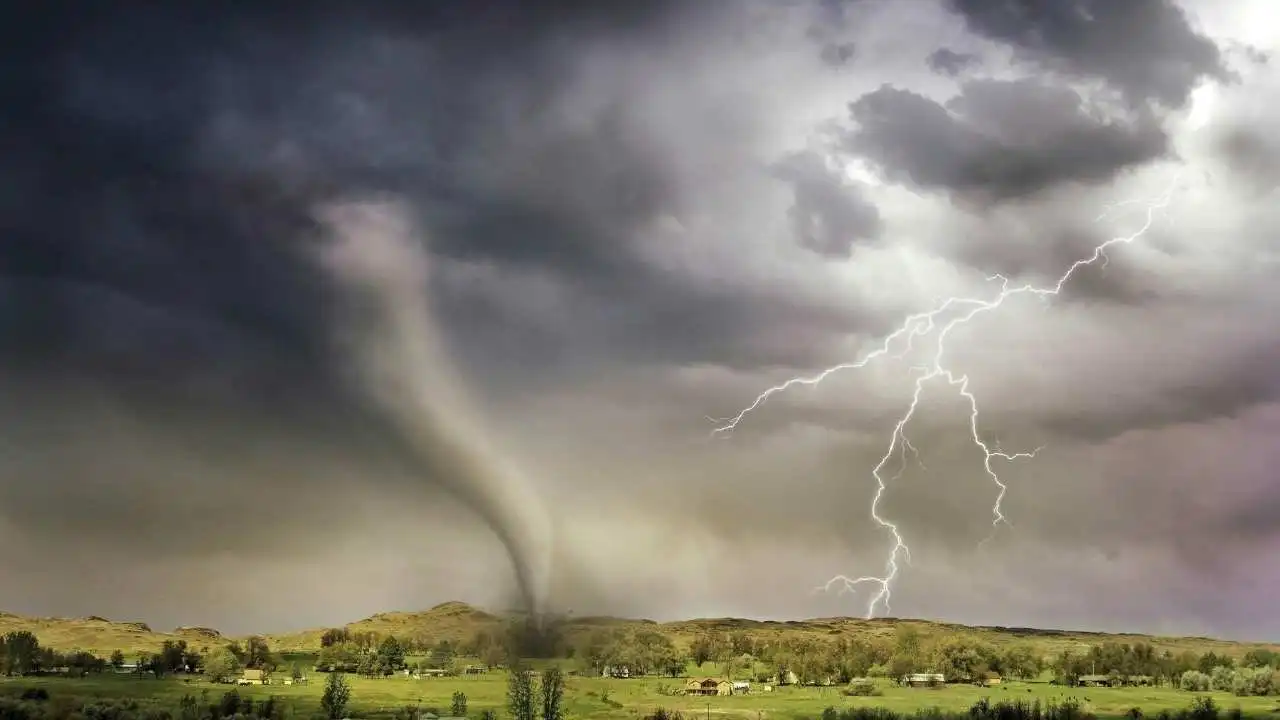North America will have a blood worm moon this week. Here’s how you can see it

This week, as the night sky is robed in twilight, a “blood worm” will pierce the darkness. Despite its ominous name, this celestial event is actually quite fascinating and not as menacing as it may sound. In fact, think of it more as a lunar spectacle.
Late Thursday night or early Friday morning, those in North America with clear skies will have the opportunity to witness a full moon with a striking reddish hue. This phenomenon is the result of a total eclipse of the moon by the Earth coinciding with a full moon phase for the month of March. While this may seem rare, it actually occurs more frequently than one might think. The last March total lunar eclipse took place in 1978, although it was not visible to much of North America.
The term “blood” in “blood worm” refers to the color of the moon during the eclipse. As the Earth passes in front of the moon, it blocks the direct sunlight from reaching it. However, some sunlight still manages to filter through the Earth’s atmosphere, resulting in a red or orange hue being reflected back to us. This effect is caused by the sunrise and sunset light that passes through the Earth’s atmosphere during the eclipse.
The intensity of the red hue can vary, from a barely visible tint to a deep copper color, and is measured on the Danjon scale. The exact shade of red during this eclipse will only be known once it occurs. Additionally, the eclipse’s unique “side-lighting” effect from the Earth will alter the perception of the moon’s shape, transforming it from a flat, silvery disc to a spherical object hanging in the sky.
In terms of the “worm” aspect of the event, different cultures have assigned various names to the full moon in March. Indigenous tribes in the southern U.S. referred to it as the “worm moon” due to the emergence of insects and earthworms during this time of year. However, other cultures have different names for this moon, such as the “crow moon” or the “maple moon.”
For example, the Mi’kmaq people in Eastern and Atlantic Canada call this moon “Si’ko’ku’s,” or the maple sugar moon, as it marks the time when sap begins to flow down maple trees. This contextual naming of lunar cycles is a common practice among many cultures, reflecting the changes in seasons and the environment.
If you’re eager to witness this celestial event, you’ll need to stay up late or wake up early. The eclipse’s totality will last for just over an hour, with the peak phase occurring in the middle. The timing for viewing the eclipse in various Canadian time zones is as follows:
– Newfoundland time: 3:56 a.m. to 5:01 a.m. on Friday, March 14
– Eastern time: 2:26 a.m. to 3:31 a.m. on Friday, March 14
– Central time: 1:26 a.m. to 2:31 a.m. on Friday, March 14
– Mountain time: 12:26 a.m. to 1:31 a.m. on Friday, March 14
– Pacific time: 11:26 p.m. on Thursday, March 13, to 12:31 a.m. on Friday, March 14
If you happen to miss this lunar eclipse, fret not as there will be another one at the same time next year. So mark your calendars and prepare to witness the mesmerizing sight of the “blood worm” lighting up the night sky.




